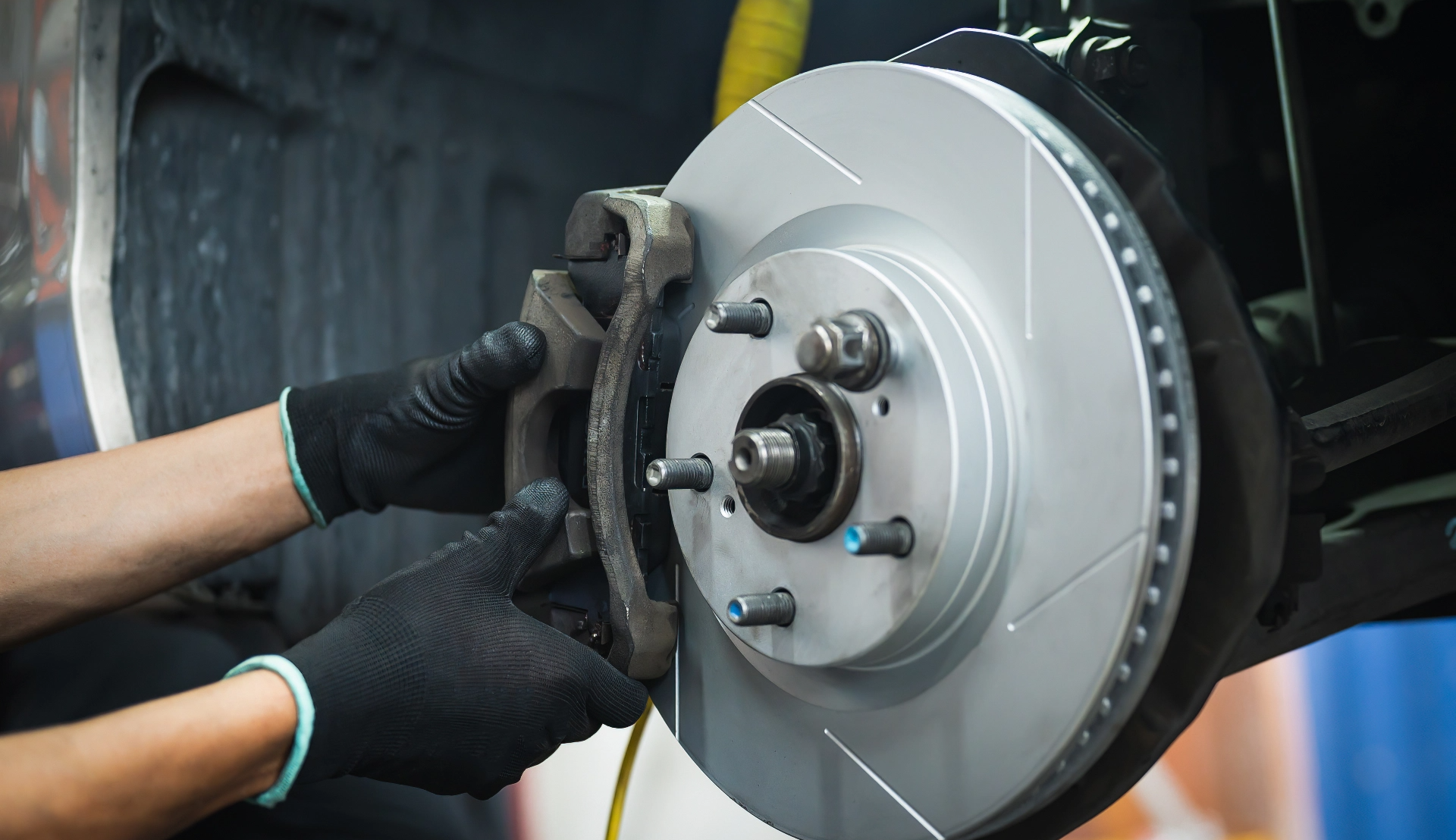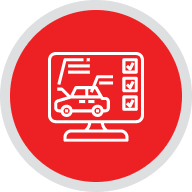
The brake system has several components that work together to keep you safe. However, if you let the brakes get into a state of disrepair, one bad component can cause damage to other components. Most vehicles have four-wheel disc brakes, but some, especially trucks, have two-wheel disc brakes and use drum brakes on the rear wheels. Electric cars may also have drum brakes in the rear. Components in the brake system include:
The master cylinder rides on the firewall on the driver’s side of the engine compartment. When you press the brake pedal, it pushes a piston into the master cylinder, which forces brake fluid through the lines and hoses to the calipers and wheel cylinders, which then press the brake pads or shoes against the rotors or drums.
Because the brake system is under a lot of pressure, most brake lines are metal. However, near each wheel, a rubber hose carries the brake fluid from the metal line to the caliper or wheel cylinder. While metal lines can rust, it doesn’t happen often. Brake hoses deteriorate and can collapse.
The calipers fit over the top of the brake rotors. They hold the brake pads and press the pads against the rotors to create friction to slow the vehicle when you step on the brake pedal.
Wheel cylinders perform the same job as the calipers, though they are small, round cylinders that ride behind the wheel. They put pressure on the brake shoes to press them against the drums.
Brake pads rub against the rotors to create friction to slow the vehicle. When the brake pads get to a certain thickness, a metal tab that rides on the backing plate sticks over the top of the pad and rubs the rotor. This makes a squealing noise to warn you it’s time to change the pads. If you ignore it, the tab will score the rotor so much that you’ll have to replace it.
Brake shoes ride inside the brake drums. They perform the same function as brake pads – they rub against the drum to create friction to slow the vehicle.
Vehicles with four-wheel disc brakes have rotors on all four axles. The brake pads rub against the rotors to slow the vehicle. In many cases, your brake technician can machine the rotors to smooth them out. However, the constant friction on rotors thins the metal. Most vehicles can alternate machining and purchasing rotors. In other words, a rotor can last through two sets of brake pads.
Signs you need brake repair include squealing brakes, a soft brake pedal, extended stopping times, and brake fluid leaks.



